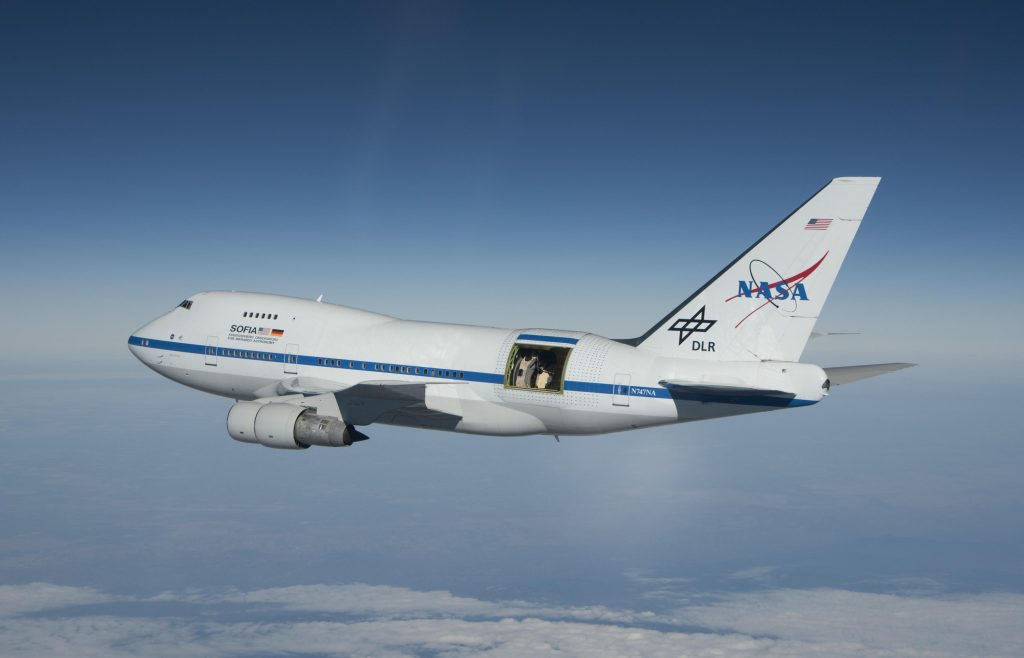NASA’s Stratospheric Observatory for Infrared Astronomy (SOFIA) telescope has created the first map of water on the surface of the Moon. The discovery of water on the Moon has been a long-standing mystery and the recent findings by SOFIA have provided new insights into the presence and distribution of water on the lunar surface.
Using a specialized instrument called the Faint Object infraRed CAmera for the SOFIA Telescope (FORCAST), the SOFIA telescope was able to detect the unique wavelength signature of water molecules on the Moon’s surface. The water was found to be present in Clavius Crater, one of the largest craters visible from Earth, and was observed to be distributed across the lunar surface in a way that suggests it may be more abundant in regions that receive more sunlight.
The discovery of water on the Moon is significant because it could potentially be used as a resource for future human missions to the Moon and beyond. Water can be used to create rocket fuel, which would be much more efficient than transporting it from Earth, and it can also be used as a source of drinking water and for other purposes.
The SOFIA telescope is a joint project between NASA and the German Aerospace Center (DLR) and is the world’s largest airborne observatory. The telescope is mounted on a modified Boeing 747 aircraft and is designed to observe the universe at infrared wavelengths, which allows it to study phenomena that are not visible with traditional telescopes.
The discovery of water on the Moon is just the latest in a series of discoveries made by the SOFIA telescope, and it is expected to continue to provide new insights into the universe for years to come.





